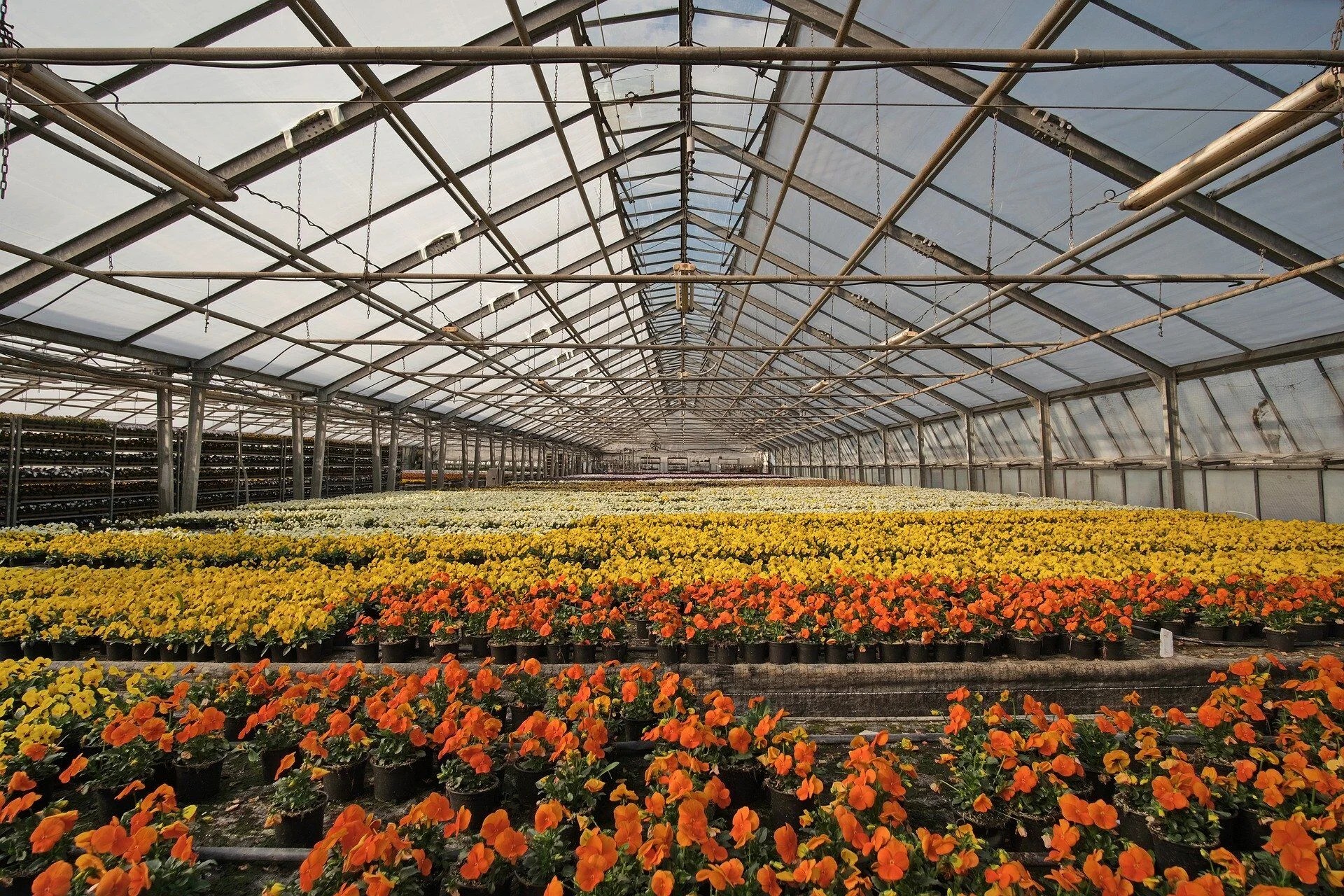
Growing plants in a greenhouse is an excellent way to provide regulated climatic conditions to help your plants grow. However, maintaining the health of your plants requires a certain amount of control and monitoring. Humidity has a tendency to build up in a greenhouse, which can potentially damage plants and cause fungal infections or spread mildew. Therefore, the secret to plant growth is in regulating humidity levels and ensuring that your plants can grow without too much moisture.
Here are a few tips for maintaining healthy, growing plants in your greenhouse.
Keeping the air circulating in your greenhouse is one of the most effective ways to prevent moisture from building up. Increase airflow by keeping the doors open, using fans, or installing ventilation. This will break up the layer of moisture on the leaf surface of the plants as well as the soil itself.
Moisture reforms when the temperature drops, which normally happens at nighttime. Therefore, keeping your greenhouse warm at night will prevent the formation of dew. This is also an excellent way to protect your plants during the winter or those cooler summer nights. By using a heater and a temperature monitor, you can determine the best temperature for reducing moisture buildup.
While high humidity can damage your plants, so can low levels of humidity. In places with dry climates, you can keep your plants moist through evaporative cooling. Evaporative cooling is also an excellent way to keep your plants cooler in high temperatures and prevent heat damage.
First you need to look for the signs of high humidity levels. These include visible condensation on cool surfaces such as pipes or windows, as well as wet stains on the ceiling. If your paint begins to peel or floorboards start creaking more than normal, these can also be signs of humidity problems. Of course, if you’re not there to keep an eye on these conditions yourself, it makes it difficult to spot these issues without requiring frequent checkups from a friendly neighbor or relative.
Plants are delicate organisms, requiring a perfect balance in order to grow and remain healthy. Maintaining proper humidity levels in your greenhouse is an arduous task that can easily result in you going too far in one direction. By using remote greenhouse monitoring, you can accurately monitor the temperature and humidity of your greenhouse.
MarCELL allows you to set certain thresholds for temperature and humidity. It will then notify you when an issue comes up, sending you an immediate alert notification in the event that temperature and humidity reach dangerous levels or your greenhouse loses power. This can help you take critical action, because when your plants are at risk, every second counts. Maintaining healthy, growing plants is a learning experience. There is no perfect climate to grow plants in, so it will take a bit of experimentation. If you follow these tips, you can to maximize your greenhouse for plant growth and the best yields possible.